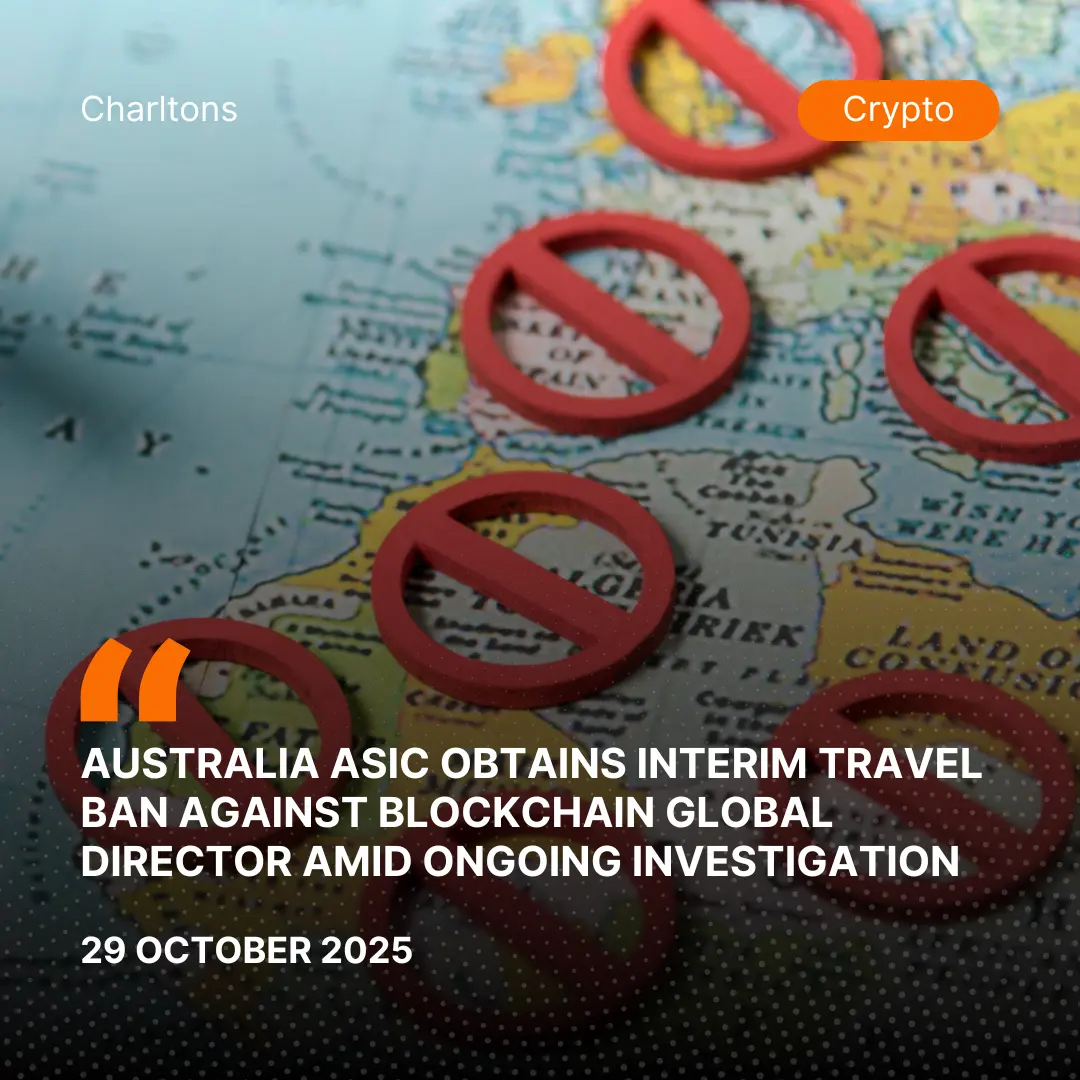
On 16 October 2024, the United States Commodity Futures Trading Commission’s Division of Clearing and Risk held a significant roundtable discussion to address existing, new, and emerging issues in the world of clearing, with a strong emphasis on digital assets. Held at the United States CFTC’s headquarters in Washington, D.C., the roundtable brought together industry experts, regulators, and stakeholders to discuss the rapidly evolving landscape of derivatives and financial markets, particularly as it relates to digital assets and the challenges they pose.
The session opened with welcoming remarks from Clark Hutchison, Director of the United States CFTC’s Division of Clearing and Risk. Pre-recorded messages from United States CFTC Chairman Rostin Behnam and Commissioners Summer Mersinger and Caroline D. Pham further set the tone for the discussions. Moderated by Gary DeWaal, former Senior Counsel and Chair of the Financial Markets and Regulatory Practice Group at Katten Muchin Rosenman LLP, the roundtable was structured into several modules, each addressing key topics that are pivotal to the future of clearing.
The first module tackled the custody and delivery of digital assets as well as their use as margin in derivatives trading. With digital assets like cryptocurrencies becoming a part of the financial system, stakeholders focused on the operational, legal, and regulatory hurdles associated with securely holding and transferring these assets. Digital asset custody has long been a point of contention in the industry, especially given the decentralized nature of these assets, and the session explored solutions to better protect investors while ensuring market integrity.
The use of digital assets as margin is another area undergoing rapid development. Many market participants see the potential for using cryptocurrencies as collateral in derivatives markets, but this poses risks related to volatility, liquidity, and regulatory oversight. The discussions highlighted the need for new safeguards and possibly redefined margin requirements that can account for the unique characteristics of digital assets.
Another issue explored and discussed during the roundtable was 24/7 trading. Unlike traditional financial markets, which typically operate within set trading hours, digital assets are traded around the clock, raising questions about how clearinghouses can manage risk in a continuously operating market. The discussions focused on how the traditional clearing infrastructure might need to evolve to handle the demands of 24/7 trading, particularly concerning liquidity management, margining, and real-time risk monitoring.
The third module addressed non-intermediated clearing, a concept that is gaining traction in the digital asset world. Non-intermediated clearing models, which bypass traditional brokers or clearing firms, offer the potential for more direct and efficient transactions. However, this also presents challenges regarding risk management, transparency, and regulatory oversight. The roundtable explored the potential for these new models and the regulatory gaps that may need to be addressed to ensure market safety and stability.
The final session of the day focused on conflicts of interest, concerning vertically integrated entities and their role in clearing operations. As digital asset exchanges, clearinghouses, and intermediaries become more intertwined, there is growing concern about the transparency and fairness of these entities. Stakeholders discussed the importance of clear guidelines to manage conflicts of interest and ensure that market participants are protected from potential abuses in a more vertically integrated clearing environment.
Digital asset analytics for digital assets continues to expand and hence requires the ability to analyze and interpret vast amounts of data related to these assets. Digital asset analytics provide insights into trading patterns, risk exposures, and market behaviors, all of which are essential for effective clearing and risk management. Participants at the roundtable discussed the need for clearinghouses to integrate sophisticated analytics tools to keep pace with the growing complexity of digital assets.
The Roundtable also focused on the shortcomings in the current regulatory framework discussing the concerns that the existing clearing infrastructure may not be fully equipped to handle the specific risks associated with digital assets, particularly in areas like custody, margin requirements, and 24/7 trading. There was also a call for more collaboration between regulators and market participants to address these challenges in a proactive manner, rather than waiting for a crisis to occur.
The roundtable discussions and the growing focus on digital assets could signal that something larger is on the horizon. As regulators grapple with the rapid evolution of digital assets and their unique challenges, there is speculation that new legislation might be in the works to fill the gaps in the current regulatory framework as complexities of digital assets, such as their decentralized nature, volatility, and continuous trading, pose unique risks that existing regulations were not designed to address. While there were no formal announcements of new legislation at the roundtable, the emphasis on digital assets and the detailed discussions suggest that regulators are keenly aware of the challenges ahead and are likely working behind the scenes on potential solutions.
(Source: https://www.cftc.gov/PressRoom/PressReleases/8998-24)





